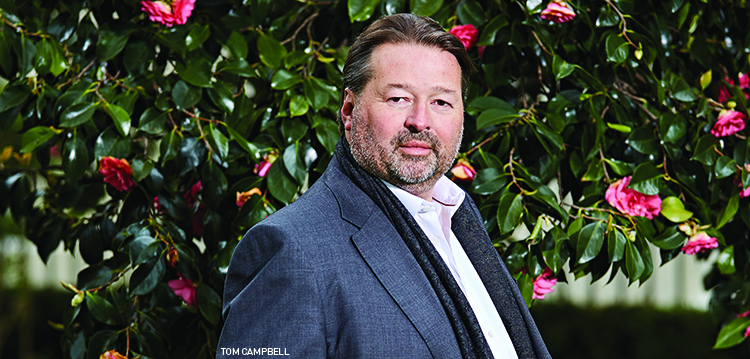With an impending general election about to define the state of the UK, all campaigning parties are making promises on the number of homes that they plan to build if they are chosen to run the country. 1 million over 5 years here, 220,000 each year there – it all sounds very impressive, and expensiv Rubber4Roofs have taken a trip into the past to see how, and how many, homes were being built 50 years ago, and how this stacks up against the promises of today. How Have Building Trends Changed? In 2016, approximately 150,000 new homes were registered, the second highest number since the economic downturn in 2008. Conversely, house prices in the UK reached a peak in December 2016 of £222,000. Rewind almost 50 years, to 1970. Houses are functional, small, and may have just had this trendy new type of window installed which had two layers of glass! One of these, on average, would have cost you a grand sum of £10,388. There was a vast supply back then, with just short of 380,000 homes built in 1970. This trend of dwindling supply matched by large price increases in housing continued through the 80s, 90s, 00s, and now the 2010s, however, our tastes have also changed. More Bang For Your Buck? House prices are higher now than ever before, but are we actually getting anymore for our money? In terms of space; definitely. In 1970, the average size of a three bedroom property was 1,200 sq. feet. Fast-forward 50 years, and the average three bed is a positively roomy 2000 sq. feet. Home-owners, in the face of rapidly increasing house prices, are choosing to extend out their existing homes, rather than move. Increasingly inventive ways of making the most out of available room are being explored with the aim of increasing space, thus value. By the age of 50, UK adults would have spent approximately £300,000 on housing costs. But with costs mounting, homeowners are looking to maximise their investment on homebuilding. That means striking the elusive balance between longevity, and cost. It’s important to know which materials and methods will save you money in the long-run, which is why, when it comes to replacing or laying your next flat roof project, you should consider using EDPM rubber Roofing. Explore the infographic below, produced by the team at Rubber4Roofs. There’s plenty of interesting facts and, stats, and a timeline of what else has happened in the past 50 years.






